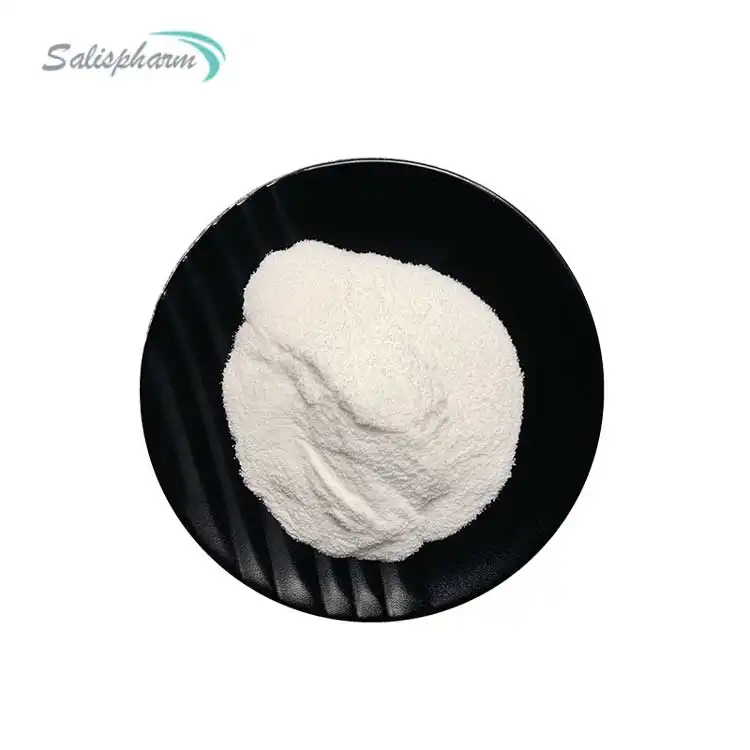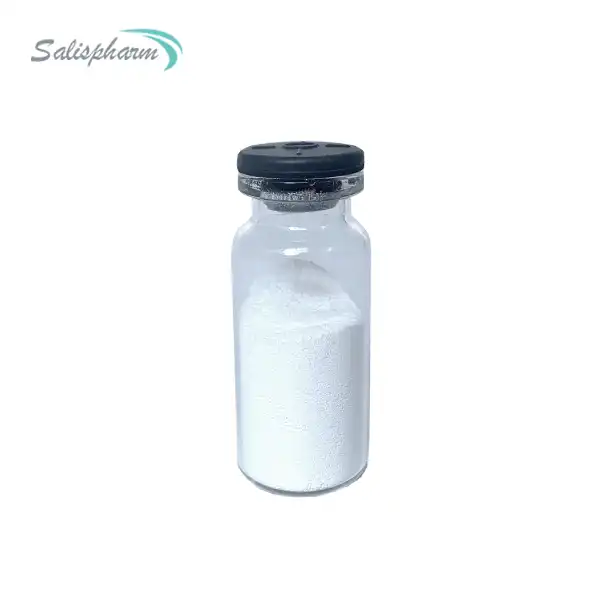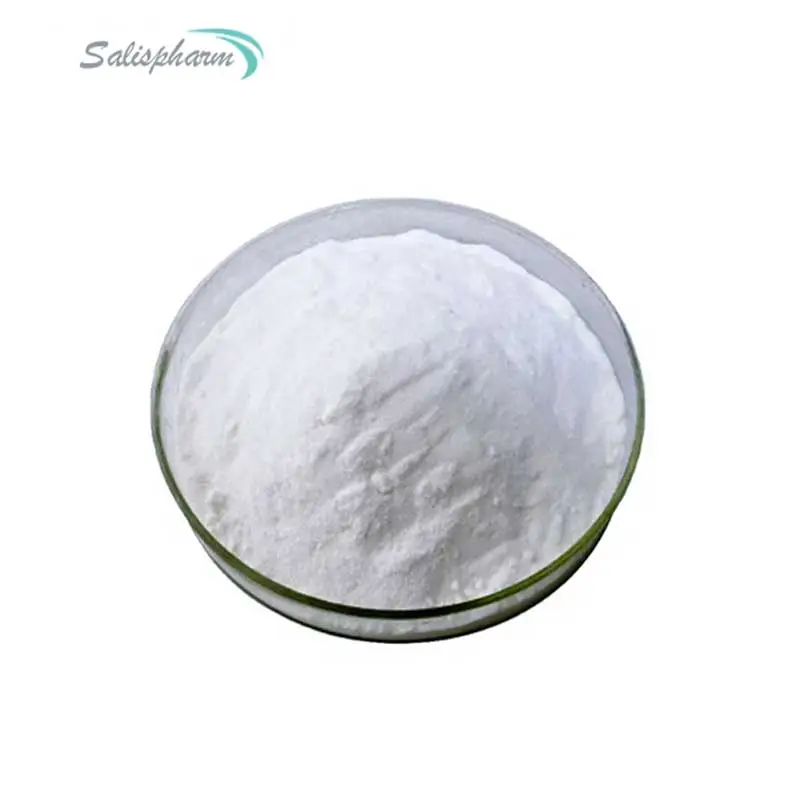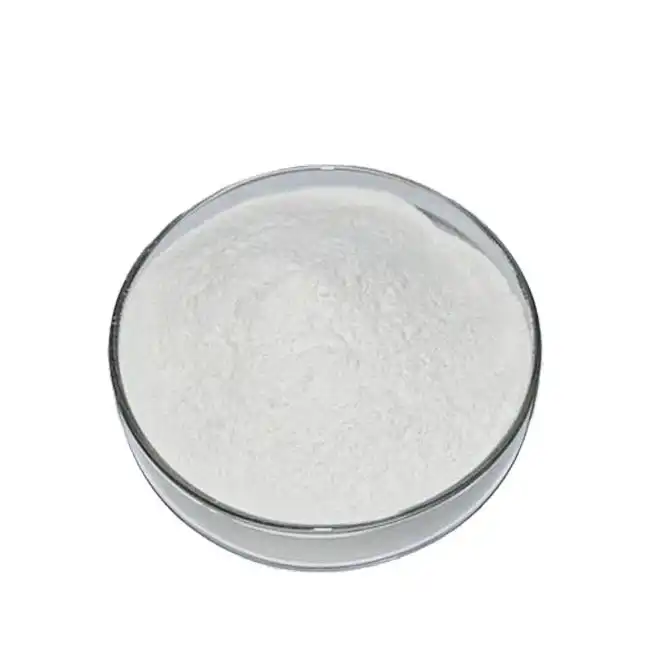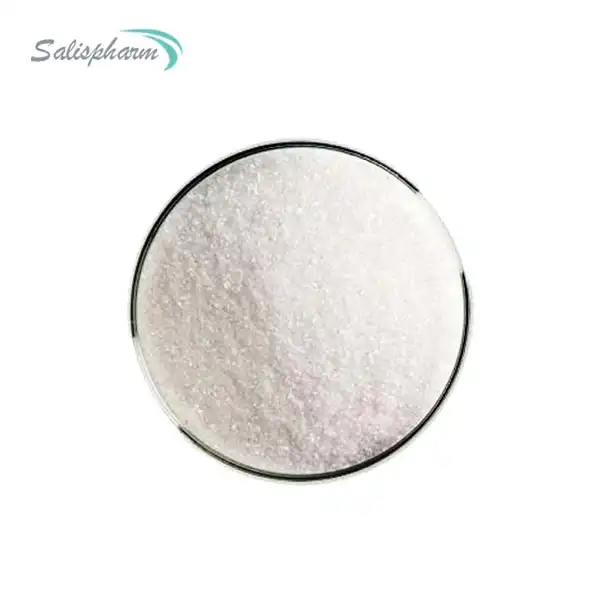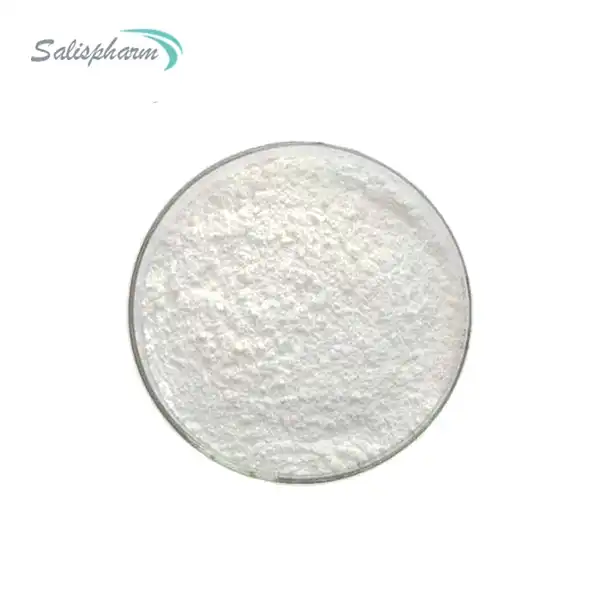Amoxicillin is a widely prescribed antibiotic that belongs to the penicillin family. It is primarily used to treat bacterial infections, such as bronchitis, pneumonia, and ear infections. However, the question of whether amoxicillin powder is effective for wound treatment has been a topic of interest among healthcare professionals and individuals seeking alternative remedies. In this article, we will explore the potential use of amoxicillin powder for wounds, address some frequently asked questions related to this topic, and provide an in-depth look at the considerations and alternative options available.
Can Amoxicillin Powder Be Used for Wound Treatment?
One of the most commonly asked questions regarding amoxicillin powder is whether it can be used for wound treatment. While amoxicillin is primarily intended for oral or intravenous administration, some individuals have explored the possibility of using it topically on wounds. It is important to note that there is limited scientific evidence supporting the use of amoxicillin powder for wound treatment, and it is not an approved or recommended method by medical authorities such as the Centers for Disease Control and Prevention (CDC) or the World Health Organization (WHO).
The effectiveness of amoxicillin powder for wound treatment may depend on various factors, such as the type and severity of the wound, the presence of bacterial infection, and the individual's overall health condition. In some cases, the topical application of amoxicillin powder may help prevent or treat bacterial infections in wounds, but it is crucial to consult with a healthcare professional before attempting this method.
Understanding Wound Healing and Infection
To better understand the potential use of amoxicillin powder for wounds, it is essential to have a basic knowledge of the wound healing process and the role of bacterial infections. Wound healing is a complex and dynamic process that involves several stages, including hemostasis, inflammation, proliferation, and remodeling. During the inflammatory stage, the body's immune system mobilizes to fight off any potential pathogens or bacteria that may have entered the wound.
Bacterial infections can significantly impede the wound healing process and potentially lead to complications such as delayed healing, increased scarring, and systemic infections. In some cases, topical antibiotics may be prescribed to help prevent or treat wound infections, but their use should be carefully evaluated and monitored by healthcare professionals.
What Are the Risks of Using Amoxicillin Powder on Wounds?
While the topical application of amoxicillin powder may seem like a tempting alternative for wound treatment, it is essential to consider the potential risks associated with this practice. One of the primary concerns is the possibility of developing antibiotic resistance. Improper or excessive use of antibiotics, including amoxicillin, can contribute to the emergence of resistant bacterial strains, making infections more challenging to treat in the future.
Antibiotic resistance is a major global health threat, and the World Health Organization (WHO) has identified it as one of the biggest challenges facing modern medicine. Overuse and misuse of antibiotics, including the application of antibiotic powders on wounds without proper medical supervision, can accelerate the development of resistant bacteria, rendering antibiotics less effective in treating infections.
Additionally, the use of amoxicillin powder on wounds may cause allergic reactions in some individuals. Amoxicillin is known to trigger allergic responses, ranging from mild skin rashes to severe, potentially life-threatening anaphylaxis. It is crucial to be aware of any personal or family history of penicillin allergies before considering the use of amoxicillin powder on wounds.
Allergic reactions to amoxicillin can manifest in various ways, including hives, itching, swelling of the face or throat, difficulty breathing, and in severe cases, anaphylactic shock. Individuals with a known allergy to penicillin or related antibiotics should avoid using amoxicillin powder on wounds, as it can trigger a potentially life-threatening reaction.
Proper Wound Care and Treatment
While the use of amoxicillin powder for wound treatment may seem appealing to some, it is essential to explore alternative, proven methods for wound care under the guidance of healthcare professionals. Proper wound management is crucial for promoting healing, preventing complications, and minimizing the risk of infections.
Healthcare professionals recommend various wound treatment options, depending on the type and severity of the wound, as well as the individual's medical history and overall health condition. The initial step in wound care is thorough cleaning and debridement, which involves removing any debris, dead tissue, or foreign objects from the wound. This process helps to reduce the risk of infection and promote healing.
Once the wound is properly cleaned, healthcare professionals may recommend the following treatment options:
1. Proper wound dressing: Dressings play a crucial role in protecting the wound, absorbing exudate, and creating an optimal environment for healing. Various types of dressings are available, including hydrogels, hydrocolloids, alginates, and foams, each designed for specific wound types and stages of healing.
2. Topical antiseptic solutions: In some cases, healthcare professionals may recommend the use of topical antiseptic solutions, such as povidone-iodine or chlorhexidine, to help prevent or treat wound infections. These solutions have antimicrobial properties and can be applied directly to the wound or used to clean the surrounding skin.
3. Antimicrobial dressings: Antimicrobial dressings are designed to prevent or manage wound infections by incorporating antimicrobial agents, such as silver, iodine, or polyhexamethylene biguanide (PHMB). These dressings can be particularly useful in cases of chronic or infected wounds, but their use should be monitored closely by healthcare professionals.
4. Negative pressure wound therapy (NPWT): NPWT, also known as vacuum-assisted closure (VAC), is a specialized wound treatment technique that involves applying negative pressure to the wound using a sealed dressing and a vacuum pump. This technique can help promote healing by removing excess fluid, reducing edema, and increasing blood flow to the wound area.
5. Skin grafting or surgical interventions: For severe wounds or those that are not healing properly, healthcare professionals may recommend surgical interventions, such as skin grafting or debridement procedures. These interventions are typically reserved for more complex cases and are performed in a controlled clinical setting.
It is important to note that the choice of wound treatment should be tailored to the individual's specific needs and circumstances, taking into account factors such as the type and severity of the wound, the presence of underlying medical conditions, and the patient's overall health status.
Consulting with Healthcare Professionals
While the idea of using amoxicillin powder for wound treatment may seem appealing due to its perceived accessibility and cost-effectiveness, it is crucial to consult with healthcare professionals before attempting any alternative or unconventional treatment methods. Healthcare professionals, such as physicians, wound care specialists, and nurses, have the necessary knowledge and expertise to assess the suitability of various treatment options and provide guidance on the most appropriate course of action.
By consulting with healthcare professionals, individuals can receive personalized advice based on their specific wound characteristics, medical history, and overall health status. Healthcare professionals can also provide valuable information on proper wound care techniques, potential risks and complications, and follow-up monitoring to ensure optimal healing and prevent further complications.
Alternative Wound Treatment Options
While the use of amoxicillin powder for wound treatment may seem tempting, it is essential to explore alternative, proven methods for wound care. Healthcare professionals recommend various wound treatment options, depending on the type and severity of the wound, as well as the individual's medical history and overall health condition.
Some common wound treatment options include:
1. Proper wound cleaning and dressing: This involves thoroughly cleaning the wound to remove debris, dead tissue, and foreign objects, followed by the application of appropriate dressings to protect the wound and promote healing.
2. Topical antiseptic solutions: Solutions such as povidone-iodine or chlorhexidine can be applied topically to help prevent or treat wound infections.
3. Antimicrobial dressings: These dressings incorporate antimicrobial agents, such as silver or iodine, to help manage wound infections.
4. Negative pressure wound therapy (NPWT): Also known as vacuum-assisted closure (VAC), this technique involves applying negative pressure to the wound to promote healing by removing excess fluid, reducing edema, and increasing blood flow.
5. Skin grafting or surgical interventions: In cases of severe or non-healing wounds, surgical procedures such as skin grafting or debridement may be necessary.
It is important to note that the choice of wound treatment should be tailored to the individual's specific needs and circumstances, taking into account factors such as the type and severity of the wound, the presence of underlying medical conditions, and the patient's overall health status.
Conclusion
While the use of amoxicillin powder for wound treatment may seem tempting, it is crucial to approach this practice with caution and seek professional medical advice. The potential risks, such as antibiotic resistance and allergic reactions, should be carefully considered. It is essential to explore alternative, proven wound treatment options under the guidance of healthcare professionals to ensure proper wound management and avoid potential complications.
If you are also interested in this product and want to know more product details, or want to know about other related products, please feel free to contact sasha_slsbio@aliyun.com.
References:
1. Amoxicillin: MedlinePlus Drug Information. (n.d.).
2. Wound Care Centers. (n.d.).
3. Carter, P. M., & Mustoe, T. A. (2021). Advances in Wound Care. UpToDate.
4. Antibiotic Use and Resistance. (2021, October 4). Centers for Disease Control and Prevention.
5. Wound Healing and Management. (n.d.). Medscape.
6. Topical Antibiotics for Wound Care. (n.d.). Wound Care Society.
7. Amoxicillin Powder: Uses, Dosage, and Side Effects. (n.d.). Drugs.com.
8. Antibiotic Resistance. (n.d.). World Health Organization.
9. Wound Care: A Comprehensive Guide. (n.d.). WoundSource.
10. Wound Care and Treatment. (n.d.). Cleveland Clinic.

